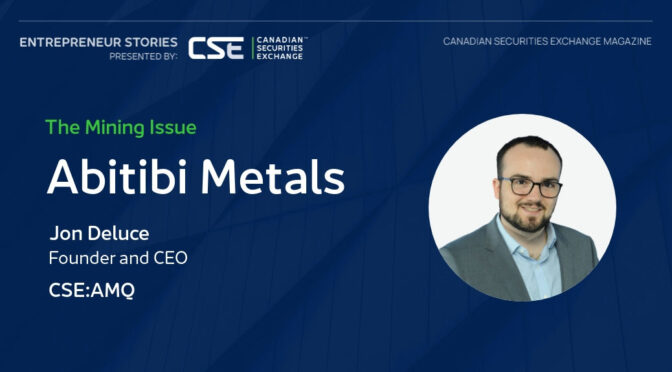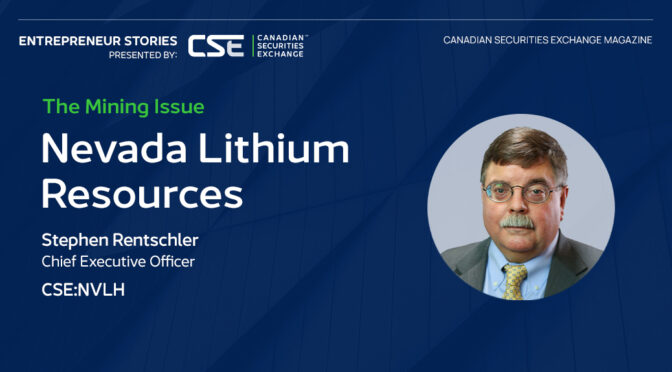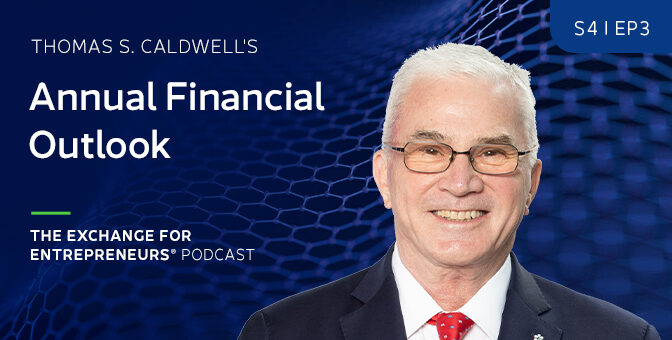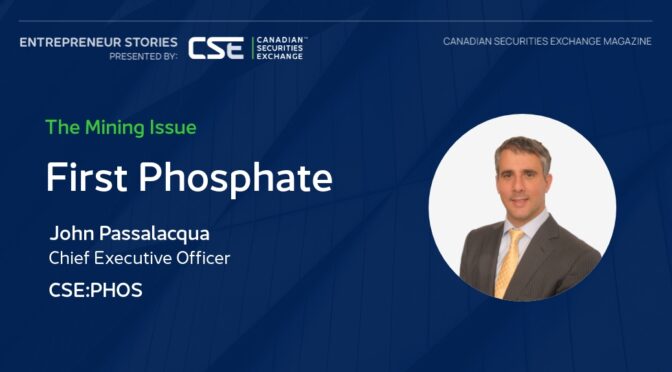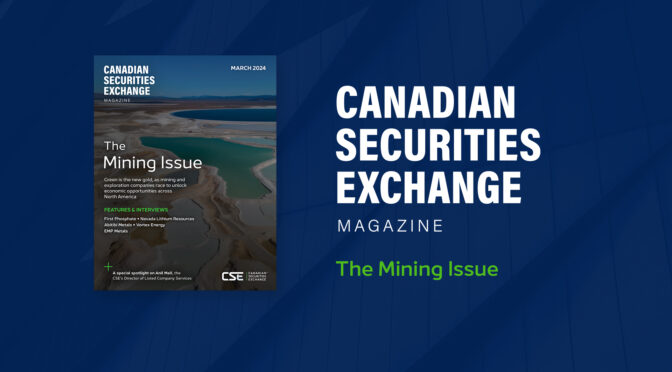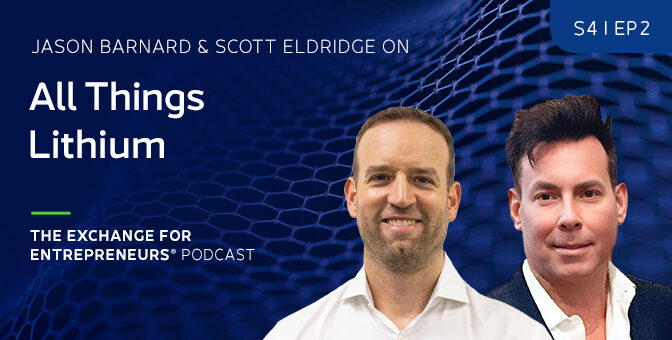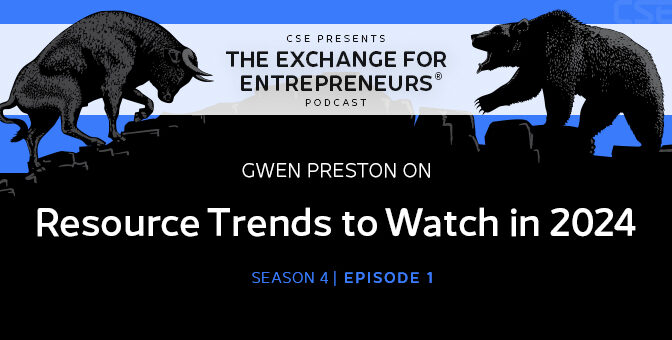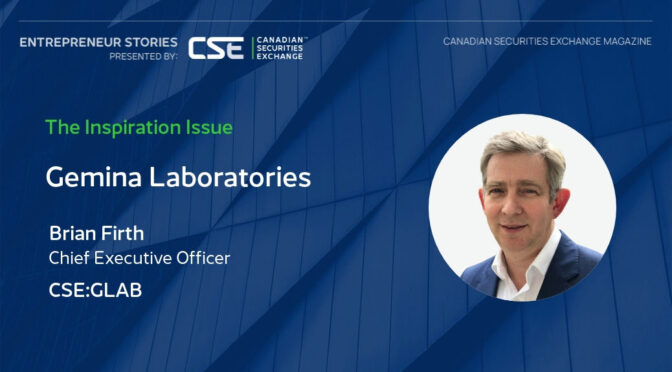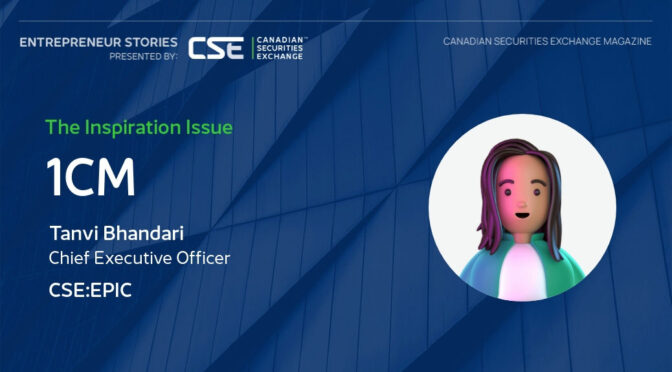Amid a challenging environment for junior miners, Abitibi Metals (CSE:AMQ) took an aggressive approach to acquisitions and financing in the fourth quarter of 2023 to put itself in a strong position for when resource stocks bounce back.
Notably, the company capitalized on the Canadian financing calendar, successfully securing over $14 million through a combination of charity flow-through and common shares in December.
Canadian Securities Exchange Magazine caught up with Jon Deluce, Abitibi Metals’ Founder and Chief Executive Officer, to talk about the company’s recent acquisition of the B26 polymetallic copper deposit and plans to put some of its newly raised capital to work on 30,000 metres of drilling.
Abitibi Metals is focused on the Abitibi Greenstone Belt in Québec. What opportunities does the company see in this region?
We see Québec as the best mining jurisdiction in Canada. The government support, positive relationships with First Nations groups, and the pro-mining sentiment create a strong foundation for mining activities in the province.
We’re excited about the opportunity to be in Québec because we’re on the verge of a commodity cycle that’s starting to turn and accelerate. Having a copper-focused project like B26 in a strong jurisdiction like Québec significantly enhances the value and prospects for developing such an asset.
It was November of last year when you acquired the option to earn 80% of the B26 project. What does this mean for the company?
We had made the tough decision to reduce operations, and in turn cash burn, because we weren’t getting rewarded for our gold asset in what has been a very challenging market for the last one to two years in the junior mining sector. Our team decided not to wait for market conditions to come to us but to be aggressive and realize the opportunities that were at hand.
We looked at quite a few potential acquisitions to restart the pursuit of our exploration goals and provide a lower cost of capital. In the end, we landed on the B26 deposit, an asset developed by SOQUEM, a private company funded by Investissement Québec. We view this as both a discovery and an acquisition given the fact that the majority of the market didn’t realize this was available because it was sitting in a private company.
We’re starting with a significant resource (Indicated resource of 7.0 million tonnes at 2.94% copper equivalent and Inferred resource of 4.4 million tonnes at 2.97% copper equivalent). This is a polymetallic deposit with a copper-gold stringer zone and parallel zinc-silver massive sulphide zone. These types of assets are rare, especially a polymetallic deposit with gold in the system. We believe this presents a strong starting resource with room for expansion.
Our plan for the year includes an ambitious drilling program of 30,000 metres to further develop and highlight the growth and upside potential of this asset, which is situated within 7 kilometres of our prior flagship asset, the Beschefer Gold Project.
We also benefit from mining infrastructure still being in place, such as a power line that runs 3 kilometres north of the project. These are all factors that support this being a serious potential development opportunity.
What are some of the key targets you’ll be drilling as part of this year’s program?
We’re starting exploration right away and asking ourselves, ‘Where’s the low-hanging fruit?’ and ‘Where can we develop value for shareholders cost-effectively?’
The 2018 resource was almost solely an underground resource. We see the potential and we want to test the open pit bulk tonnage potential of the asset so that’s going to be a priority in the first quarter of 2024.
To break down the drilling plan: number one is testing the open pit with shallow drilling testing the north bedrock interface of the deposit; number two is testing the extension and expansion potential within the first 300 metres vertical, which hosts the majority of the copper-gold resource; and number three is testing the system at depth. There’s a large infill area that needs to be drilled to define the full resource potential between 300 metres and 850 metres vertical.
There’s also about 5,000 metres of historical drilling that we believe needs to be assayed, that wasn’t previously, and it could help us assess the potential disseminated and bulk tonnage material around this high-grade core.
What else can investors expect from Abitibi Metals in 2024?
Beyond drilling activities, our plans include conducting a comprehensive gravity survey at B26, aimed at enhancing our understanding of the deposit’s overall structure. We will also delve into downhole geophysics, adding another layer to our understanding of the structure.
In addition, an internal resource and updated 3D model will provide us with a strong exploration and growth framework. We aim to present our plans coherently to the market, ensuring that stakeholders can readily comprehend our results and grasp the growth potential.
In essence, our focus spans across drilling, modelling and geophysics, all converging to shape a compelling and comprehensible value proposition for the exciting year ahead.
Abitibi Metals recently raised just under $15 million. Tell us about those fundraising rounds.
The company was certainly a standout in the fourth quarter in what was still a very challenging market. We were able to complete a $4.4 million financing in December, immediately followed by a $10 million charity flow-through. And these financings were completed without issuing any warrants, which is a rare thing in this market and speaks to investor optimism about what we’ve put together.
So, our exploration budget for 2024 is $10 million, which will cover the objectives I have just outlined. In terms of our B26 option agreement, we are funded to clear phase one of the option, which we have four years to complete, in one year.
We brought in some strategic shareholders headlined by Frank Giustra and Greg Chamandy, both very well-known names in the space and the start of what I think is a great shareholder registry.
We’re also assembling the right team. Recently announced were the first two team members of our advisory committee, namely Eric Kallio, a former senior vice president of exploration at both Agnico Eagle and Kirkland Lake Gold, and Shane Williams, formerly a vice president at Eldorado Gold and he oversaw a landmark Québec project from pre-development agreement through to commercial production.
My thesis going into the acquisition of B26 was that we needed to find a potentially world-class asset to assemble a world-class team, and we’re at the start of that.
What is your outlook on the junior mining sector more broadly in 2024?
I see the sector performing incredibly well in 2024. Timing is a hard thing to dictate – I wish I had a crystal ball – but all the factors are there: easing inflationary pressures, the Fed pivoting on interest rate policy, and supply-demand imbalances for critical minerals like copper. Look what happened in other sectors when the supply-demand balance tipped, like it did with nickel a few years ago and what’s going on with uranium at the moment. It’s going to be very exciting.
We’re in a waiting period. But we didn’t want to wait for the market to come to us, so we were very aggressive in the fourth quarter with financing and acquisitions to be well-positioned for the market we believe is coming.
This story was featured in Canadian Securities Exchange Magazine.
Learn more about Abitibi Metals at https://abitibimetals.com/.

